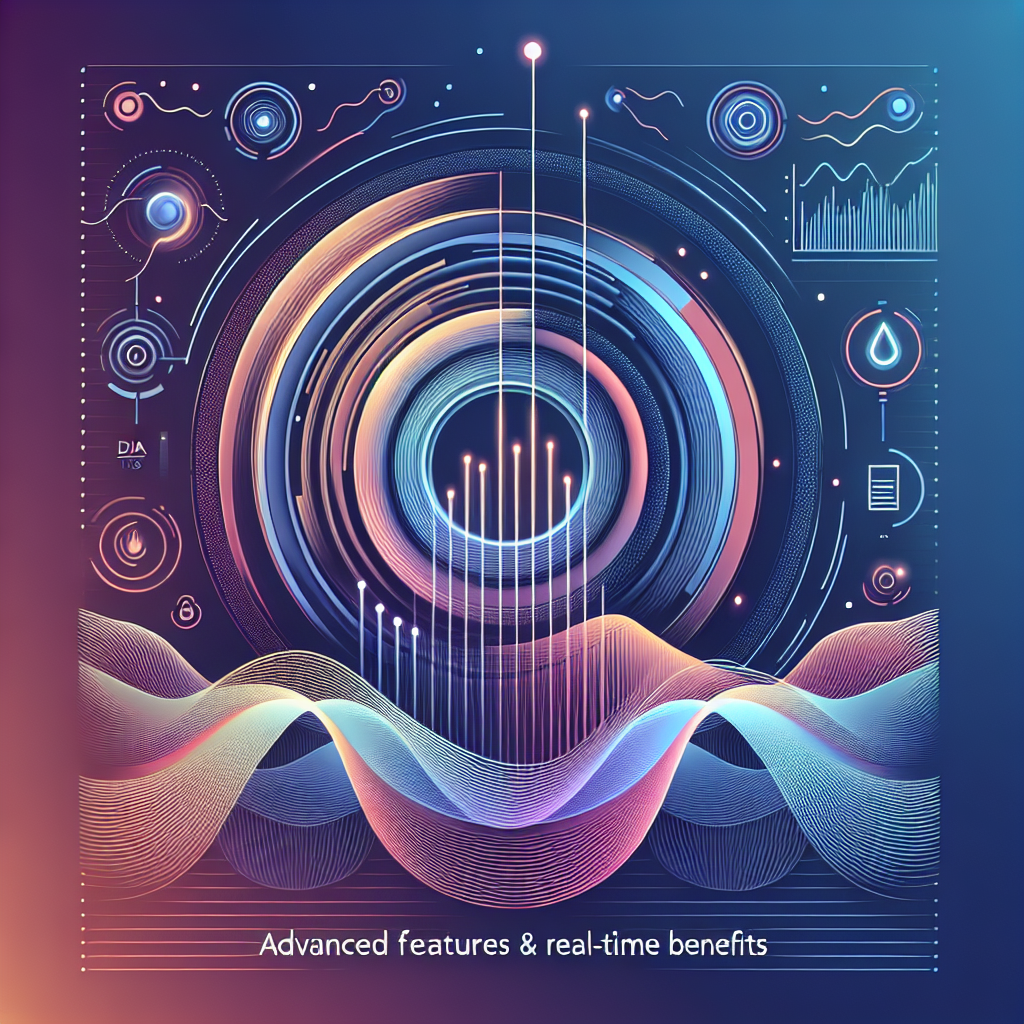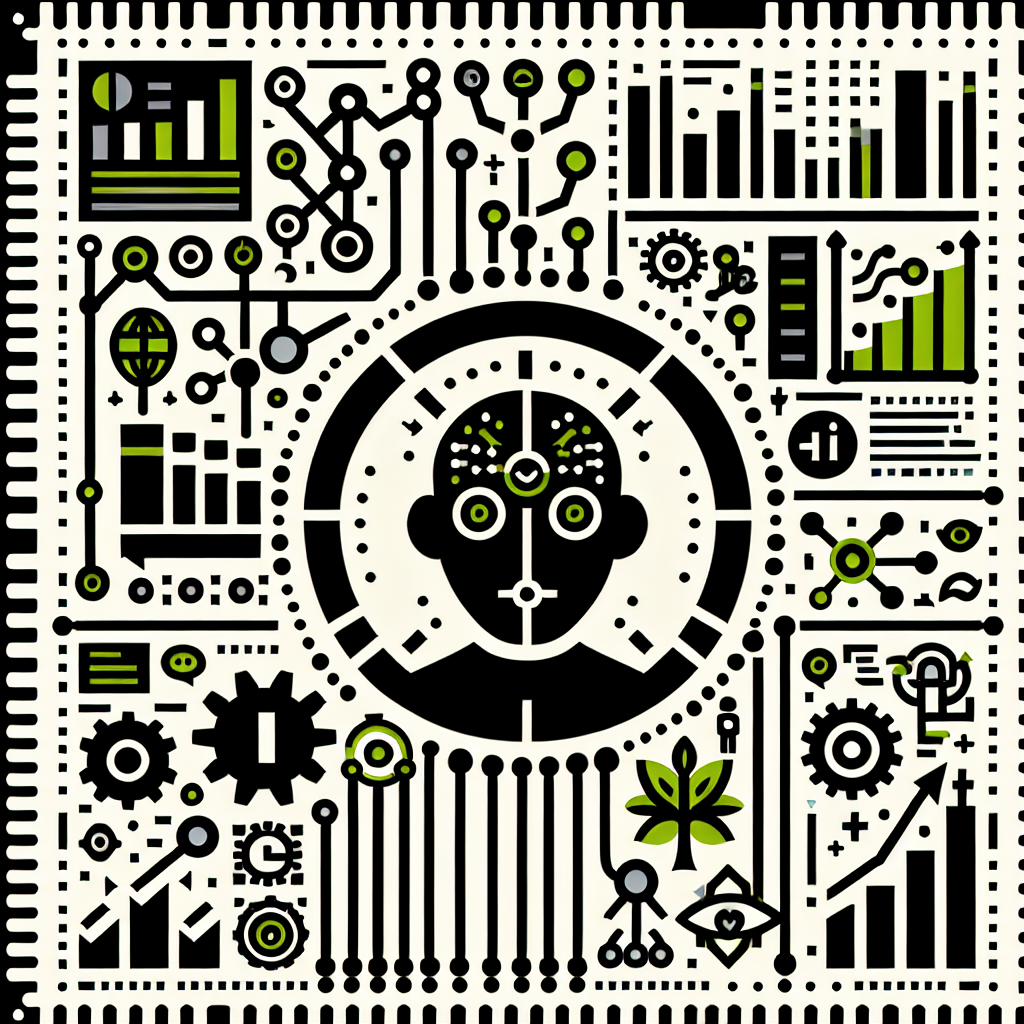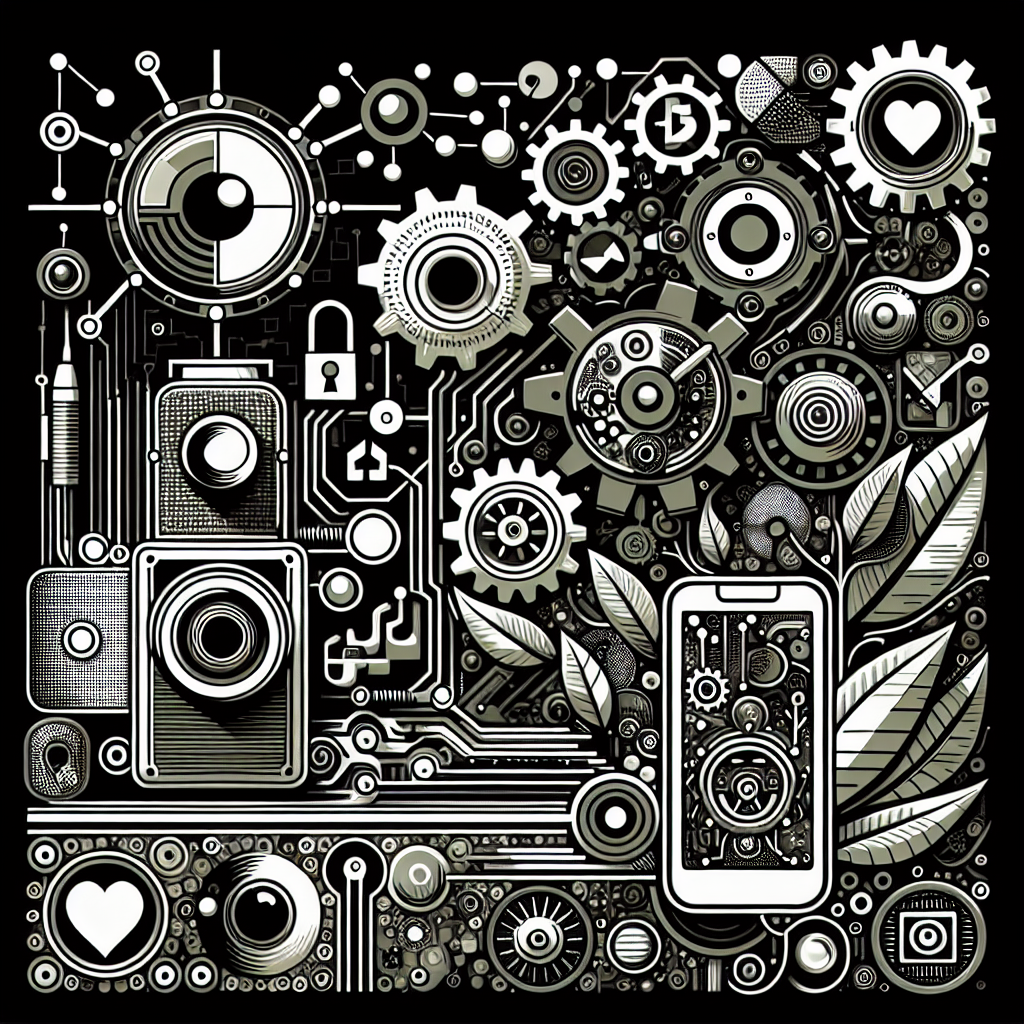## Technical Architecture and Implementation
### Model Architecture and Training Paradigm
Dia employs a transformer-based architecture optimized for parallel speech token prediction, building upon advancements demonstrated in SoundStorm and Parakeet systems[1][9]. The model processes input text through a hierarchical tokenization system that separates:
1. **Lexical content**: Traditional word and phoneme representations
2. **Paraverbal markers**: Special tokens for laughter, coughing, and breath sounds
3. **Speaker control codes**: Embedded metadata for multi-voice conversations
The training pipeline utilizes a two-stage approach combining self-supervised pre-training on 100,000 hours of multilingual speech data with supervised fine-tuning using actor-performed dialogues containing explicit paraverbal annotations[1]. This dual-phase training enables zero-shot voice adaptation while maintaining phonemic accuracy across languages. The model’s 1.6B parameter count reflects careful balancing between computational efficiency and output quality, achieving real-time synthesis on modern GPUs[1][7].
The inspiration for Dia’s architecture draws on several existing systems, tailoring its design to foreground the human nuances of dialogue, including emotion and expression variance. One key feature is its ability to condition output not only on text but also on contextual information like dialogue history and sentiment vector dimensions. This enhancement allows Dia to produce speech that resonates with the intended emotional and paracinguistic markers. The model’s capacity to learn from multilingual data sets adds to its robustness, accommodating various phonemic inventories and syntax structures across different languages. By maintaining structural modularity and leveraging transfer learning techniques, Dia paves the way for adaptable and scalable experiences in TTS technology.
### Hardware Requirements and Optimization
Dia requires CUDA-enabled GPUs with minimum 10GB VRAM for full functionality[1][7]. Benchmark tests on NVIDIA A4000 GPUs demonstrate synthesis speeds of 40 tokens per second, equivalent to real-time processing for 86-token segments (approximately 1 second of audio)[1]. Key optimizations include:
– **Tensor parallelism**: Distributed computation across GPU cores
– **Quantization-aware training**: Preparation for 8-bit inference modes
– **Memory-mapped checkpoints**: Efficient weight loading for large models
The developers plan future optimizations through FP16 precision modes, TensorRT acceleration, and CPU support via ONNX runtime[1][7]. The continuous drive to reduce VRAM usage without sacrificing performance is pivotal, especially for enterprises seeking scalable deployment options. The planned enhancements like FP16 precision and ONNX support promise broader accessibility even in resource-constrained settings.
Modern text-to-speech applications face the challenge of balancing hardware constraints with performance metrics. Dia’s architecture and optimization strategies aim to streamline these requirements, making the model more versatile for diverse environments. The balance of power and speed can shape the future of enterprise AI, where deployment flexibility and efficiency can drive innovation in industries as varied as customer service, content creation, and real-time translation. The ongoing adaptation for less resource-hungry hardware can potentially open up new use cases, helping further democratize access to sophisticated TTS solutions ([source](https://www.nvidia.com/en-us/data-center/tensor-core/)).
## Advanced Capabilities and Use Cases
### Paraverbal Communication Synthesis
Dia’s most innovative feature lies in its ability to generate non-lexical vocalizations through explicit markup syntax[1][4]. The model recognizes control codes for:
“`
(sighs)
(laughs quietly)
(clears throat)
“`
This capability enables nuanced conversational modeling. The technical achievement stems from multi-modal training data that pairs audio recordings with detailed textual annotations of paralinguistic features[1][9]. By synthesizing speech that incorporates these non-verbal sounds, the model can replicate genuine conversational flows. Such versatility allows Dia to be integrated into applications like virtual assistants and interactive entertainment systems that strive for a realism that was previously challenging to achieve using traditional TTS systems. The paraverbal features enrich interactions and can be adapted to communicate subtle speaker intents more effectively.
Innovations in this feature set are particularly compelling when considering broader human-computer interaction contexts. The synthesis of paraverbal elements not only augments the realism of generated speech but also provides frameworks for better user engagement and contextual understanding ([source](https://www.ibm.com/cloud/learn/natural-language-processing)). By embedding these paralinguistic features, Dia introduces possibilities in nuanced customer support and interactive marketing content where understanding the emotions and intentions plays a crucial role. Future applications might include training simulations for personnel in industries like medical care, where the ability to discern authentic sounding emotions from synthesized voices can improve skill sets and widen training scope.
### Emotion and Prosody Control
The implementation provides three mechanisms for affective speech generation:
1. **Textual modifiers**:
“`
[S1, angry] You lied to me!
“`
2. **Reference audio conditioning**:
“`python
model.generate(text, reference_audio=”fearful_sample.wav”)
“`
3. **Low-dimensional emotion vectors**:
“`python
model.generate(text, emotion_vector=[0.7, -0.2, 0.4])
“`
These controls enable applications ranging from interactive storytelling to therapeutic role-play scenarios[1][7]. They empower developers and enterprises to tailor user interactions with emotionally and contextually aware voice outputs, enriching the lifelikeness of responses in varying interactive or entertainment contexts. The promising blend of neural embeddings for emotion, paired with robust text generation algorithms, highlights a new horizon for personalized user experiences in AI-driven interfaces.
Explorations into prosody and emotion control open practically limitless horizons for enterprises looking to harness AI for more engaging user experiences. By setting parameters that modify voice intonation, stress, rhythm, and pitch, developers can simulate diverse scenarios, training systems to better capture the subtleties of human interactions ([source](https://journals.plos.org/plosone/article?id=10.1371/journal.pone.0220593)). Interactive platforms, especially those used in mental health or immersive education, can significantly benefit, bringing measurable impacts through more natural and responsive communicative interfaces. Dia’s ability to bridge synthetic dialogue with human-like expressiveness empowers industries to cultivate more empathetic and effective AI solutions.
## Ethical Considerations and Safeguards
### Built-in Usage Restrictions
The Dia implementation incorporates multiple technical safeguards against misuse:
– **Voice fingerprinting**: All generated audio contains inaudible watermarking
– **Content filtering**: Real-time screening for prohibited keywords
– **Rate limiting**: Automatic throughput restrictions for unverified users[1][7]
The developers explicitly prohibit:
– Voice cloning without consent
– Generation of deceptive content
– High-volume commercial deployment[1]
Usage restrictions and technical precautions reflect a deep commitment to ethical deployments, encouraging enterprises to utilize TTS technology responsibly. Voice fingerprinting, content screening, and usage monitoring act as integral elements to ensure user-generated content is authentic and safe from malicious imitation. Ethical AI development continues to be a growing conversation among leading tech circles, and frameworks within Dia mirror these broader industry commitments towards ensuring transparency, accountability, and respect for user privacy.
The socio-technological landscape evolves continually, underscoring the pressing need for ethical boundaries ([source](https://www.theverge.com/2019/9/18/20870609/ethical-ai-principles-google-microsoft-ibm-public-failure)). Establishing responsible AI deployment frameworks around technologies like Dia ensures businesses align with societal values while driving technological advancement. Proactively tackling ethical dimensions of AI helps nurture trust and acceptance in business and consumer ecosystems. As TTS technology progresses and becomes more ingrained in daily tech-driven communications, ensuring it adheres to ethical principles is crucial for sustained innovation and reliability.
### Societal Implications
The model’s capabilities raise critical questions about:
– **Identity verification** in digital communications
– **Cultural appropriation** through voice synthesis
– **Labor displacement** in voice acting industries[3][7]
Ongoing research must address these challenges through robust detection methods, clear legal frameworks, and stakeholder-informed policy development[3][7]. The widespread adoption of hyper-realistic AI speech synthesis begs the significant inquiry of its place in cultural ecosystems, and how to approach these technological innovations without encroaching on existing human roles or eroding cultural representations.
Voice biometrics face new challenges posed by such advanced TTS configurations, prompting enterprises to explore innovative legislation and policy augmentation ([source](https://hbr.org/2020/11/how-to-measure-the-value-of-voice-in-modern-ai)). While such consequences vary with context and implementation, the question of labor versus automation remains central in navigating the ethical frontiers of AI. Achieving a value-sensitive, ethical alignment calls for thoughtful collaborations between developers and policymakers, ensuring that AI solutions are implemented without compromising cultural integrity or livelihood security.
## Implementation and Community Engagement
### Deployment Workflows
Dia supports multiple integration pathways:
1. **Python API**:
“`python
from dia.model import Dia
model = Dia.from_pretrained(“nari-labs/Dia-1.6B”)
output = model.generate(“[S1] Hello world (smiles)”)
“`
2. **REST API** (via community-maintained wrappers)
3. **Command-line interface** for batch processing[1][9]
The development team maintains an active Discord community with over 5,000 members, facilitating knowledge sharing and collaborative improvement[1].
User-friendly deployment options make [Dia’s flexible integration processes](https://developers.google.com/machine-learning/crash-course) accessible for both small developers and large enterprises. The available APIs provide easy incorporation into varied digital ecosystems, enhancing creative capacity in deploying TTS solutions at scale. Inviting community support via platforms like Discord promotes a cycle of feedback and improvement, fostering an engaged developer ecosystem.
Such dynamic community engagement, underscored by its vibrant interaction spaces, enables rapid knowledge transfer and participatory development. This open-exchange approach aligns with ethical, community-oriented development, ensuring the technology evolves to meet user needs effectively. Building active communities creates a solid foundation for innovation, welcoming diverse contributions to refine and expand the model’s capabilities and influence.
### Performance Benchmarks
Comparative analysis against commercial solutions reveals:
| Metric | Dia-1.6B | ElevenLabs | CSM-1B |
|———————-|———-|———–|——–|
| MOS Naturalness | 4.2 | 4.5 | 3.8 |
| Emotional Accuracy | 82% | 75% | 68% |
| Paraverbal Accuracy | 91% | N/A | 63% |
| Inference Speed | 40t/s | 25t/s | 35t/s |
| VRAM Requirements | 10GB | 8GB | 16GB |
Data sourced from Nari Labs’ public evaluations[1][7]
As enterprises evaluate tech stacks for speech synthesis, Dia’s benchmarks demonstrate competitive, industry-leading metrics. The model’s impressive metrics underscore its capability in delivering not only realistic speech quality but also efficient processing power—an invaluable trait for real-time applications. Areas such as naturalness and emotional execution remain crucial for scenario-based applications where user experience is paramount ([source](https://www.forbes.com/sites/forbestechcouncil/2023/01/03/how-advanced-tts-technology-is-transforming-industries/?sh=5e8b4f1e2cec)).
Firm benchmarking offers a decisive edge in strategic AI deployments, enabling organizations to forecast performance outcomes, optimize user engagement, and monetize applications effectively. Continuous alignment with measurable quality standards primes Dia for broad relevance, championing a future where AI-driven interactions benefit from nuanced, adaptive TTS technologies.
## Future Development Roadmap
The Dia roadmap outlines several key initiatives:
– **Multimodal extensions**: Integration with facial animation systems
– **Low-resource adaptation**: Few-shot learning for rare languages
– **Accessibility features**: Real-time stutter/disfluency modeling
– **Energy efficiency**: Carbon-aware inference scheduling[1][9]
Ongoing challenges include reducing model hallucination in long-form generation, improving cross-lingual prosody transfer, and developing standardized evaluation metrics[7][9]. Deploying future-proofing strategies for Dia involves substantial gains in processing efficiency, ecological awareness, and adaptive learning strategies. The roadmap illustrates a detailed visionary concept for sustainability and resilience amid vast technological landscapes.
Focusing on future-readiness through eco-conscientious AI aligns with global sustainability goals ([source](https://www.cnbc.com/2022/02/09/how-to-build-sustainable-ai.html)), setting benchmarks in responsible tech development. By establishing processes that accommodate multimodal learning and versatile interfaces, Dia can continually mold itself alongside evolving enterprise needs. These innovations offer noteworthy prospects for extending TTS applications, particularly in integrated systems where liveliness, energy, and ethical sustainability intersect harmoniously.
## Conclusion
Nari Labs’ Dia represents both a technical breakthrough and a societal challenge in speech synthesis technology. Its open-weights implementation democratizes access to state-of-the-art TTS capabilities while necessitating robust governance frameworks. Future research must balance innovation with ethical responsibility, particularly regarding authentication protocols and cultural preservation. As the model evolves, collaborative efforts between developers, policymakers, and civil society will prove critical in harnessing its potential while mitigating risks.



